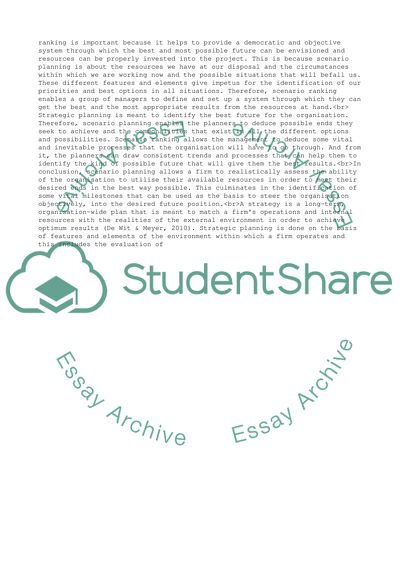Cite this document
(Managing organizational design and change Essay - 1, n.d.)
Managing organizational design and change Essay - 1. https://studentshare.org/management/1862495-managing-organizational-design-and-change
Managing organizational design and change Essay - 1. https://studentshare.org/management/1862495-managing-organizational-design-and-change
(Managing Organizational Design and Change Essay - 1)
Managing Organizational Design and Change Essay - 1. https://studentshare.org/management/1862495-managing-organizational-design-and-change.
Managing Organizational Design and Change Essay - 1. https://studentshare.org/management/1862495-managing-organizational-design-and-change.
“Managing Organizational Design and Change Essay - 1”. https://studentshare.org/management/1862495-managing-organizational-design-and-change.


